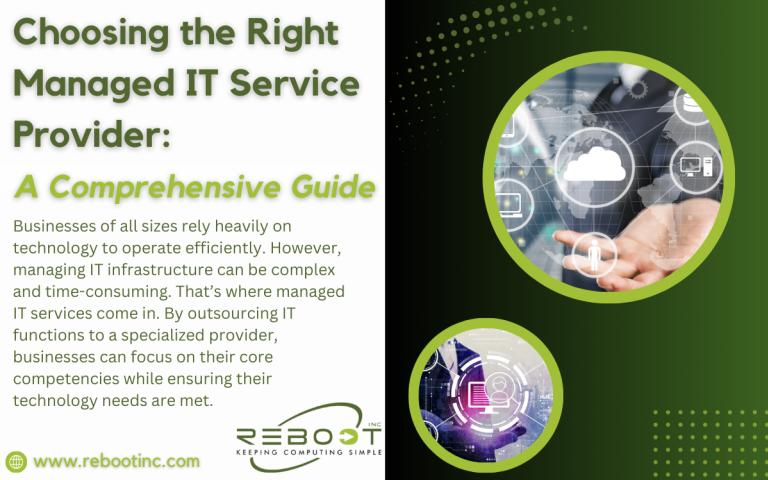In today’s fast-paced digital landscape, where content is king, building a robust content ecosystem is essential for modern brands looking to establish a strong online presence. A well-structured content ecosystem not only drives brand awareness but also fosters customer loyalty and engagement. This article delves into best practices for developing a content ecosystem that resonates with your audience, is scalable, and adapts to ever-evolving market trends.
Understanding the Content Ecosystem
A content ecosystem refers to a dynamic network of content that spans various platforms, formats, and channels, all working together to support a brand’s marketing and communication goals. It includes everything from blog posts, social media updates, videos, and podcasts, to newsletters and infographics. The goal of a content ecosystem is to create a seamless experience for the audience, where each piece of content complements and amplifies the others, leading to a cohesive brand narrative.
In the context of modern brands, a robust content ecosystem is not just a luxury but a necessity. With the explosion of digital channels and the increasing demand for personalized content, brands must ensure that their content ecosystem is well-integrated, consistent, and aligned with their overall marketing strategy.
Best Practices for Building a Robust Content Ecosystem
1. Define Your Brand Voice and Message
Before creating content, it’s crucial to define your brand voice and core message. Your brand voice is the personality your brand adopts in its communication, and it should be consistent across all content. Whether your tone is formal, friendly, or humorous, consistency is key in maintaining a recognizable and trustworthy brand image.
The core message should align with your brand’s values, mission, and goals. It should also resonate with your target audience, addressing their needs, pain points, and aspirations. Having a well-defined brand voice and message serves as the foundation for a cohesive content ecosystem.
2. Map Out Your Content Strategy
A successful content ecosystem is built on a solid content strategy. Start by identifying the key themes and topics that align with your brand’s goals and audience interests. For example, if you are a tech brand, your content themes might include gadget news, technology trends, and product reviews.
Once you have your themes, create a content calendar that outlines when and where each piece of content will be published. This helps in maintaining consistency and ensures that your content is spread across multiple channels, maximizing its reach and impact.
3. Leverage Martech Tools for Efficiency
In today’s digital age, marketing technology (Martech) plays a pivotal role in streamlining content creation, distribution, and measurement. Adopting Martech tools can significantly enhance the efficiency and effectiveness of your content ecosystem.
Tools like content management systems (CMS), social media scheduling platforms, and analytics software can help you manage your content more efficiently. They enable you to automate repetitive tasks, track performance metrics, and make data-driven decisions to optimize your content strategy.
Martech adoption is not just about using the latest technology but about selecting tools that align with your brand’s specific needs and objectives. By integrating Martech into your content ecosystem, you can ensure that your content is delivered to the right audience at the right time, driving better engagement and ROI.
4. Prioritize Content Quality Over Quantity
While it’s important to maintain a steady flow of content, quality should never be compromised for the sake of quantity. High-quality content is more likely to resonate with your audience, drive engagement, and build trust.
Invest time in creating content that is informative, engaging, and relevant to your audience. This includes conducting thorough research, using credible sources, and incorporating visuals like images and videos to enhance the content’s appeal.
Quality content also plays a crucial role in search engine optimization (SEO), helping your brand rank higher in search results and attract organic traffic. By prioritizing quality, you can create a content ecosystem that not only attracts but also retains your audience.
5. Ensure Content Consistency Across Channels
Consistency is key in building a robust content ecosystem. This means ensuring that your content is consistent in terms of brand voice, messaging, and design across all channels. Whether a customer interacts with your brand on social media, your website, or through email newsletters, they should have a cohesive and seamless experience.
To achieve consistency, it’s essential to have a well-documented content >
6. Monitor and Optimize Your Content Ecosystem
Building a content ecosystem is not a one-time task but an ongoing process. It’s important to regularly monitor the performance of your content using analytics tools and gather feedback from your audience.
By tracking key metrics such as engagement rates, conversion rates, and traffic sources, you can identify what’s working and what’s not. Use these insights to optimize your content strategy, tweak your messaging, and refine your content calendar.
Regular audits of your content ecosystem can also help you identify gaps and opportunities for improvement. This might include updating outdated content, repurposing high-performing content, or experimenting with new formats and channels.
Conclusion
In a digital world overflowing with content, building a robust content ecosystem is crucial for modern brands looking to stand out and connect with their audience. By defining your brand voice, leveraging Martech tools, prioritizing quality, and maintaining consistency, you can create a content ecosystem that drives brand awareness, engagement, and loyalty.
As you continue to refine your content strategy, keep an eye on emerging trends and technologies in the content marketing space. Whether it’s the latest gadget news or new Martech innovations, staying informed and adaptable will help you stay ahead of the competition and keep your content ecosystem thriving.


















